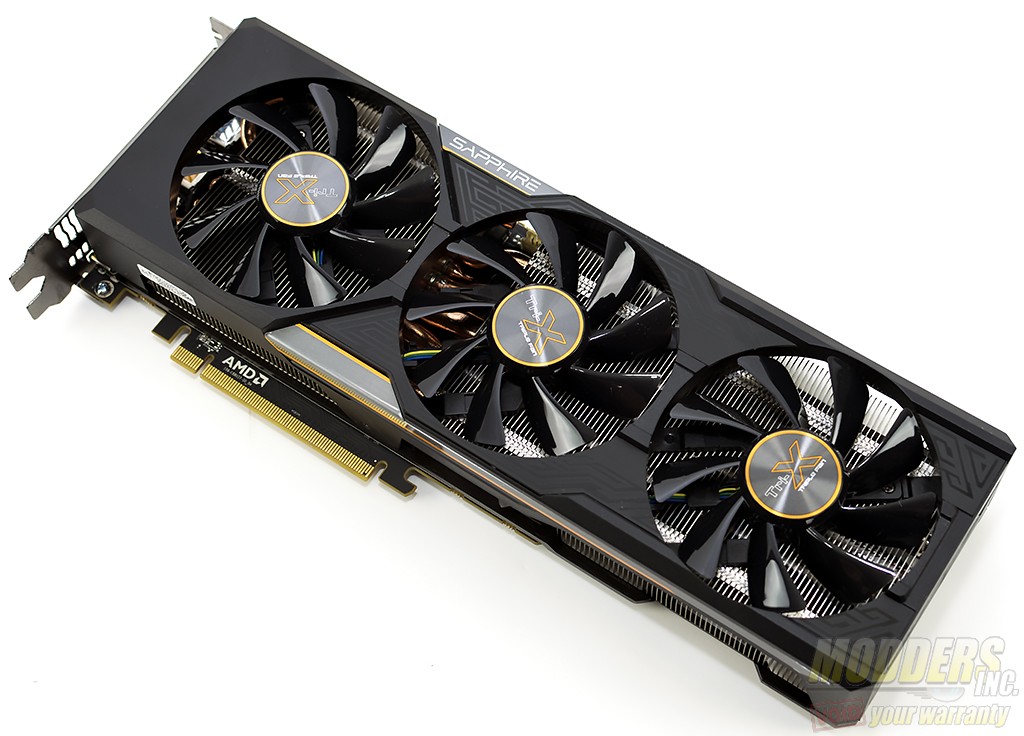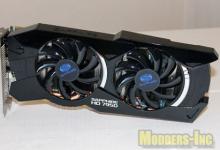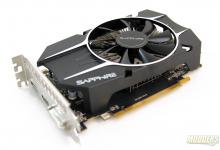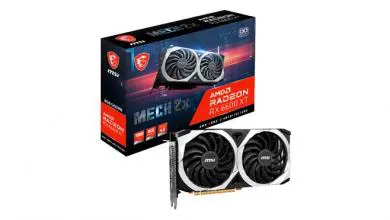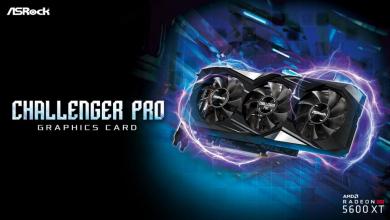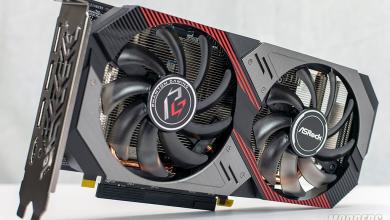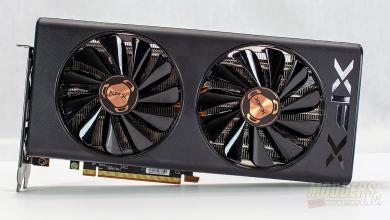Sapphire Tri-X Radeon R9 Fury Review
Conclusion and Final Thoughts
Pricing aside, the Fiji line up brings some much needed firepower to AMD’s arsenal. The performance is on par with our factory overclocked sample that we tested against. In very few cases were the differences between the two cards more than a few frames per second, even with Nvidia’s options such as Hair Works enabled. The card was able to tear though our testing at both 1080 and 1440. Bumping things to 4K the Sapphire Tri-X Radeon R9 Fury traded blows evenly with the Gigabyte GTX 980 Gaming G1. Essentially the cards tie in performance.
I purposely didn’t include any overclocked benchmarks in the results. AMD, for now, has locked voltage control and memory frequency controls. I was able to bring the core of the Sapphire R9 Fury to 1080, an increase of 80MHz over the stock 1000MHz, which resulted in an average of about 100 points in Firestrike and ~3 to 5 frames per second in our gaming tests. The test bench is plugged into a Kill-a-watt EZ meter. During the 1440 tests, I saw a maximum of 360 watts on the meter where I saw 290 from the GTX 980 card.
From the time I reviewed it, the GTX 980 has lived in my daily system which consists of an Intel i7-4970K. I try to just do more than just swap hardware and display numbers. I want to see how things perform from a consumer stand point. For the last week, the Sapphire Tri-X Radeon R9 Fury has lived in my daily driver. While I have not really noticed a performance increase, I have not noticed a performance decrease nor have I experienced any system instability due to AMD drivers.
Performance wise, AMD has positioned the Fury to compete with the 980. And it does. However, I can’t help but notice the press releases lately announcing price cuts on the green teams cards. I wonder how long it will take for AMD to follow suit.
Sapphire’s version of the R9 Fury is, in my opinion, almost perfect. Their goal was great gaming performance with almost silent cooling. I tend to stay away from AMD’s Overdrive, and use MSI’s Afterburner as I feel that it offers more control and I can feed the temps out to the LCD on the G19 that I use on the test bench. At the stock fan speeds, the GPU temperature maxed out at 75° with the fans spinning at a blistering 800 RPM. Even with an open air test bench, I couldn’t hear this card run. However, I’m just not all the comfortable with temperatures running that high. So I created a custom fan slope that resulted in an increase of 400 RPM to +/-1200 RPM. This resulted in the temperatures while gaming dropping down to the mid 60’s and did not exceed 67° C and yet the card was still silent. I’d venture to say the Tri-X cooler atop the chip is doing a smashing job.
[sc:recommended_hardware_award ]